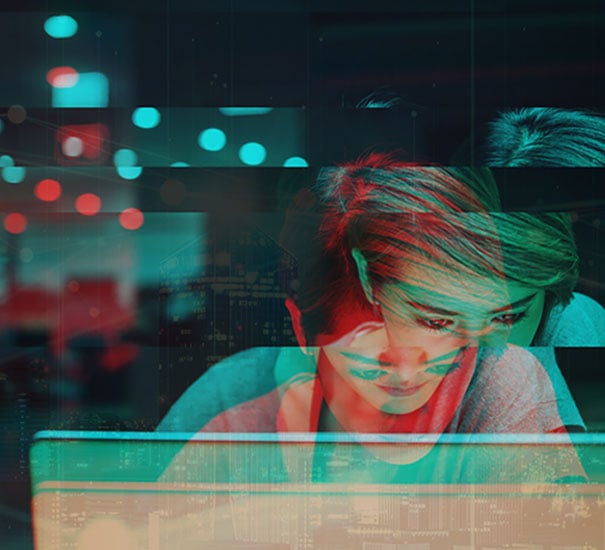The way we communicate and drive business innovation and growth has changed. To drive growth, it’s imperative to reach customers and clients on the mobile messaging channels they prefer. Digital marketers, security, and compliance teams can now work together to make this possible.
Client, Patient or Health Care Provider engagement depends on great communication options. Meet your customer on their journey and enable secure and compliant 2-way mobile messaging with this guide.

Download PDF
Modern Cloud Workplace Engagement Requires Security & Compliance
We’re in the middle of a paradigm shift for how enterprises manage risk in business communications. Today’s modern communications environment extends far outside of email, and beyond managed devices.
Email, Collaboration, CRM and Mobile Messaging











Market localization is critical to growth in Emerging Markets
Usage among target customers is high:
WhatsApp provides a simple, readily available platform for consultations between healthcare providers, even to the extent of rendering some in-person appointments unnecessary.
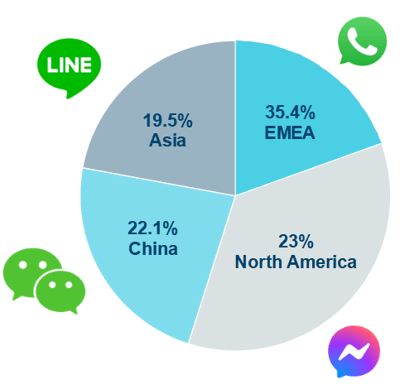
Most popular Global Messenger Apps as of October 2021 based on # of MAUs

Two way mobile messaging engagement metrics:
Avg. time to view messages
More than 30% view/open in less than 5 minutes after receipt
More than 85% of content messages are viewed/open in the first hour
of customers opted-in to receive WhatsApp communication
Avg. open rate of WhatsApp messages, compared to 50% for sale team emails, and 25% for marketing emails
Related Content
The Changing Nature of Work
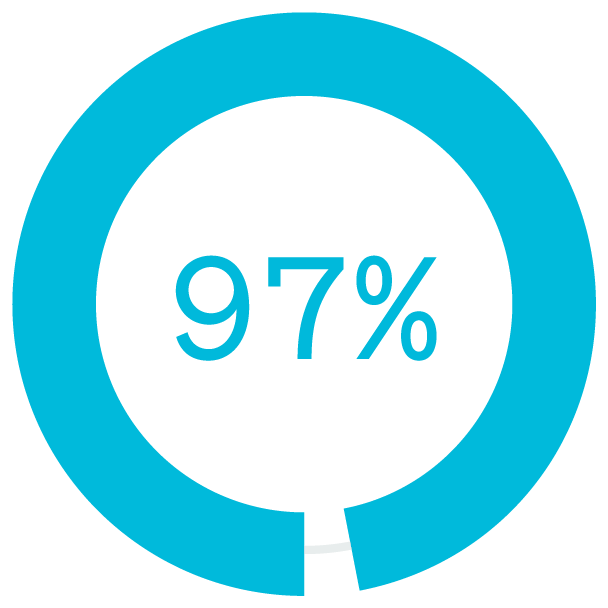
of North American office workers worked from home more than one day per week
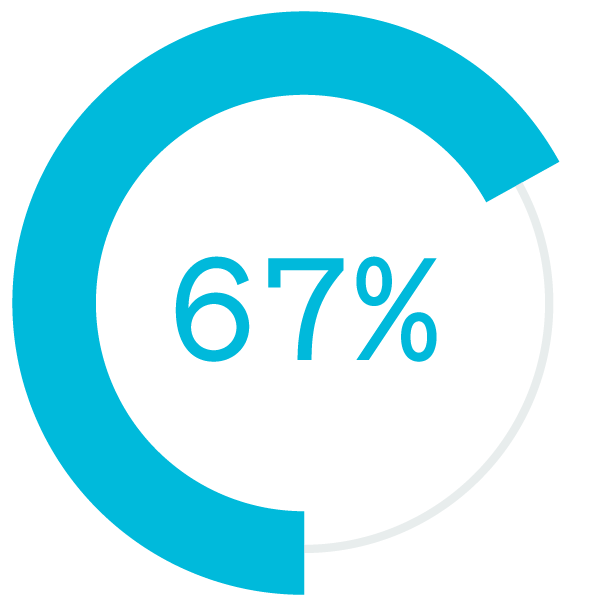
had not worked remotely prior to COVID-19
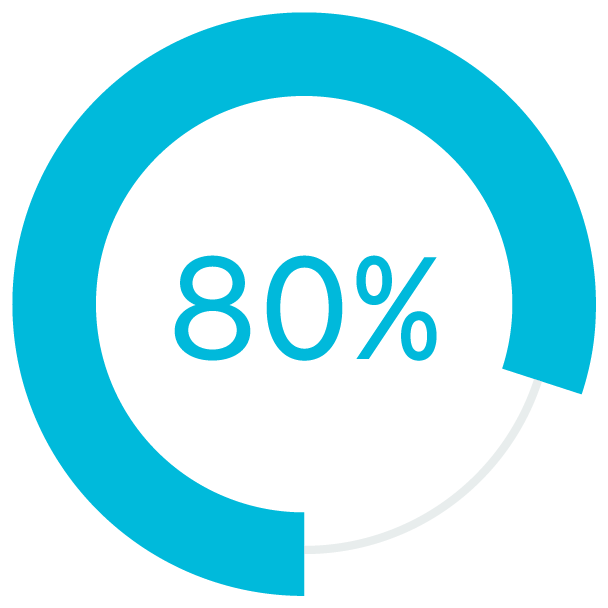
of workers prefer a hybrid work environment
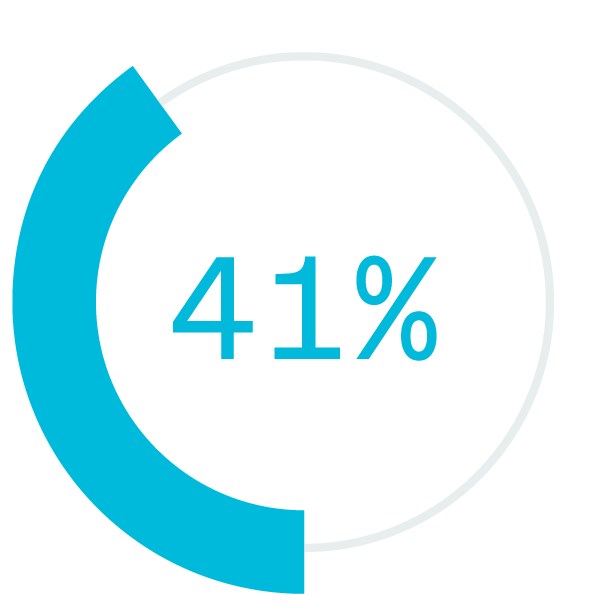
lower absenteeism
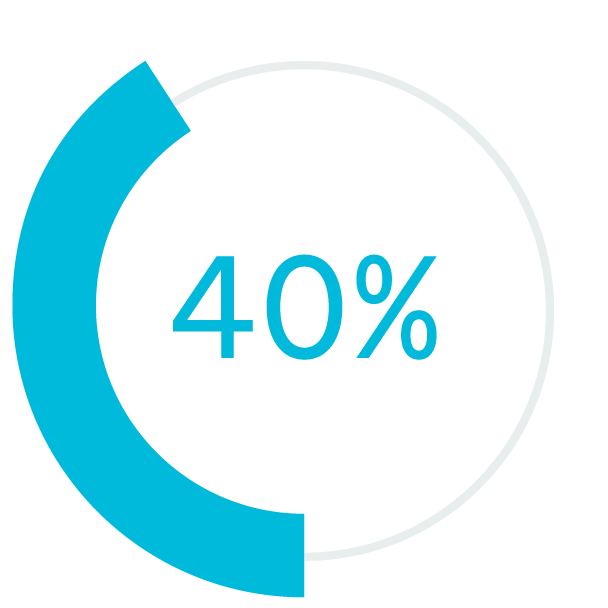
fewer quality defect
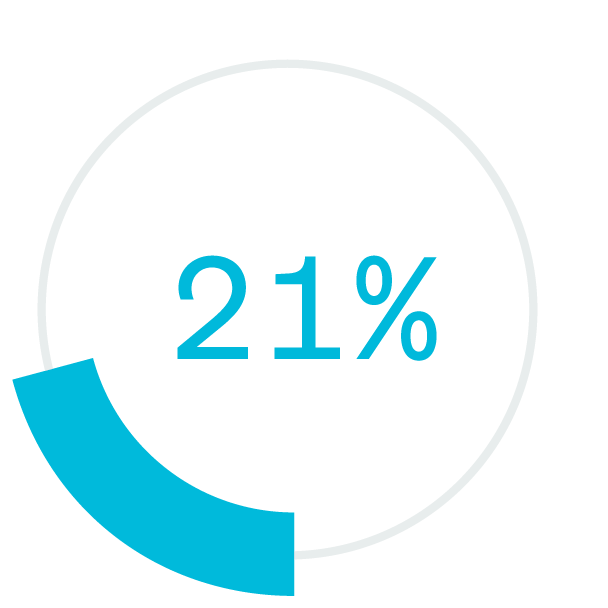
higher profitability
Something Powerful
Tell The Reader More
The headline and subheader tells us what you're offering, and the form header closes the deal. Over here you can explain why your offer is so great it's worth filling out a form for.
Remember:
- Bullets are great
- For spelling out benefits and
- Turning visitors into leads.
lower absenteeism
fewer quality defect
higher profitability
Text
Flexible work environments require access to on-premises systems and data, and therefore most enterprises rely on employees using a VPN. However, organizations can’t trust that workers will always use these secure channels. If an employee is using a mobile phone, he or she might forget to use the VPN and employ an unsecured wireless network instead, exposing corporate systems and data to risk.
During the pandemic, threat actors realized that insecure home networks and a lack of security controls typically found on corporate networks could work to their benefit. The World Economic Forum estimates cyber attacks jumped 238% globally between February and April 2020.
Technical Requirements
Secure Infrastructures
Flexible work environments require access to on-premises systems and data, and therefore most enterprises rely on employees using a VPN. However, organizations can’t trust that workers will always use these secure channels. If an employee is using a mobile phone, he or she might forget to use the VPN and employ an unsecured wireless network instead, exposing corporate systems and data to risk.
During the pandemic, threat actors realized that insecure home networks and a lack of security controls typically found on corporate networks could work to their benefit. The World Economic Forum estimates cyber attacks jumped 238% globally between February and April 2020.
Technical Requirements
Secure Infrastructures
Flexible work environments require access to on-premises systems and data, and therefore most enterprises rely on employees using a VPN. However, organizations can’t trust that workers will always use these secure channels. If an employee is using a mobile phone, he or she might forget to use the VPN and employ an unsecured wireless network instead, exposing corporate systems and data to risk.
During the pandemic, threat actors realized that insecure home networks and a lack of security controls typically found on corporate networks could work to their benefit. The World Economic Forum estimates cyber attacks jumped 238% globally between February and April 2020.
NEW ROLE OF THE CISO
Over 80% of security professionals believe social media, mobile messaging, or collaboration apps present medium to high risks to their organization.
SafeGuardCyber Survey April, 2019
Secure Infrastructures
Flexible work environments require access to on-premises systems and data, and therefore most enterprises rely on employees using a VPN. However, organizations can’t trust that workers will always use these secure channels. If an employee is using a mobile phone, he or she might forget to use the VPN and employ an unsecured wireless network instead, exposing corporate systems and data to risk.
During the pandemic, threat actors realized that insecure home networks and a lack of security controls typically found on corporate networks could work to their benefit. The World Economic Forum estimates cyber attacks jumped 238% globally between February and April 2020.
Text
Flexible work environments require access to on-premises systems and data, and therefore most enterprises rely on employees using a VPN. However, organizations can’t trust that workers will always use these secure channels. If an employee is using a mobile phone, he or she might forget to use the VPN and employ an unsecured wireless network instead, exposing corporate systems and data to risk.
During the pandemic, threat actors realized that insecure home networks and a lack of security controls typically found on corporate networks could work to their benefit. The World Economic Forum estimates cyber attacks jumped 238% globally between February and April 2020.
Organizations also increasingly rely on cloud-based collaboration platforms and personal communications technologies to connect teams across regions and time zones.
With the sudden onset of the pandemic, many organizations abruptly switched to remote work and found themselves having to allow technologies like MS Teams, Slack, Zoom and Webex on a scale they were uncomfortable permitting earlier. At the time, many IT leaders believed these solutions would be temporary and they’d quickly go back to "normal."
Now, more than a year later, not only are organizations continuing to use these technologies, but they’re doubling down. Yet, they still have no way to keep these systems secure from third-party risks. For example, a recent attack against EA Games involved infiltrating the company’s Slack instance and launching a fileless social engineering scheme to gain access to the network, resulting in the theft and exfiltration of highly-valuable intellectual property.
Similarly, IT once viewed communications solutions like WhatsApp and WeChat as personal apps. Because corporate teams had zero visibility into them, they would not allow employees to do business on them. But in some critical emerging markets, only a small percentage of people use email. Most use mobile chat applications like WhatsApp. It has become a business imperative to use the local technology.
New Security Challenges
These collaboration and communications tools present significant data governance and security challenges for large organizations. In a survey by SafeGuard Cyber:
- 78% of cybersecurity leaders express an inability to protect all communication channels and digital assets6
- 46% say collaboration tools represent the biggest security challenge
- 1 in 3 say their biggest challenge is mobile chat apps, WhatsApp, WeChat, Telegram
- 1 in 5 say their biggest challenge is Video meetings (Zoom, Webex, etc. )
Hybrid work environments will only increase the challenges. As employee devices and laptops move onto the corporate network and then back home where they can be exposed to hackers and more easily infected with malware and ransomware, it will be difficult for security teams to protect employees from threats, detect and respond to insider threats, or stop malware and ransomware.

Only 20% of security professionals feel confident they are effectively mitigating the digital risks from social media, messaging and collaboration apps.
SafeGuardCyber Survey April, 2019
SafeGuardCyber Survey April, 2019
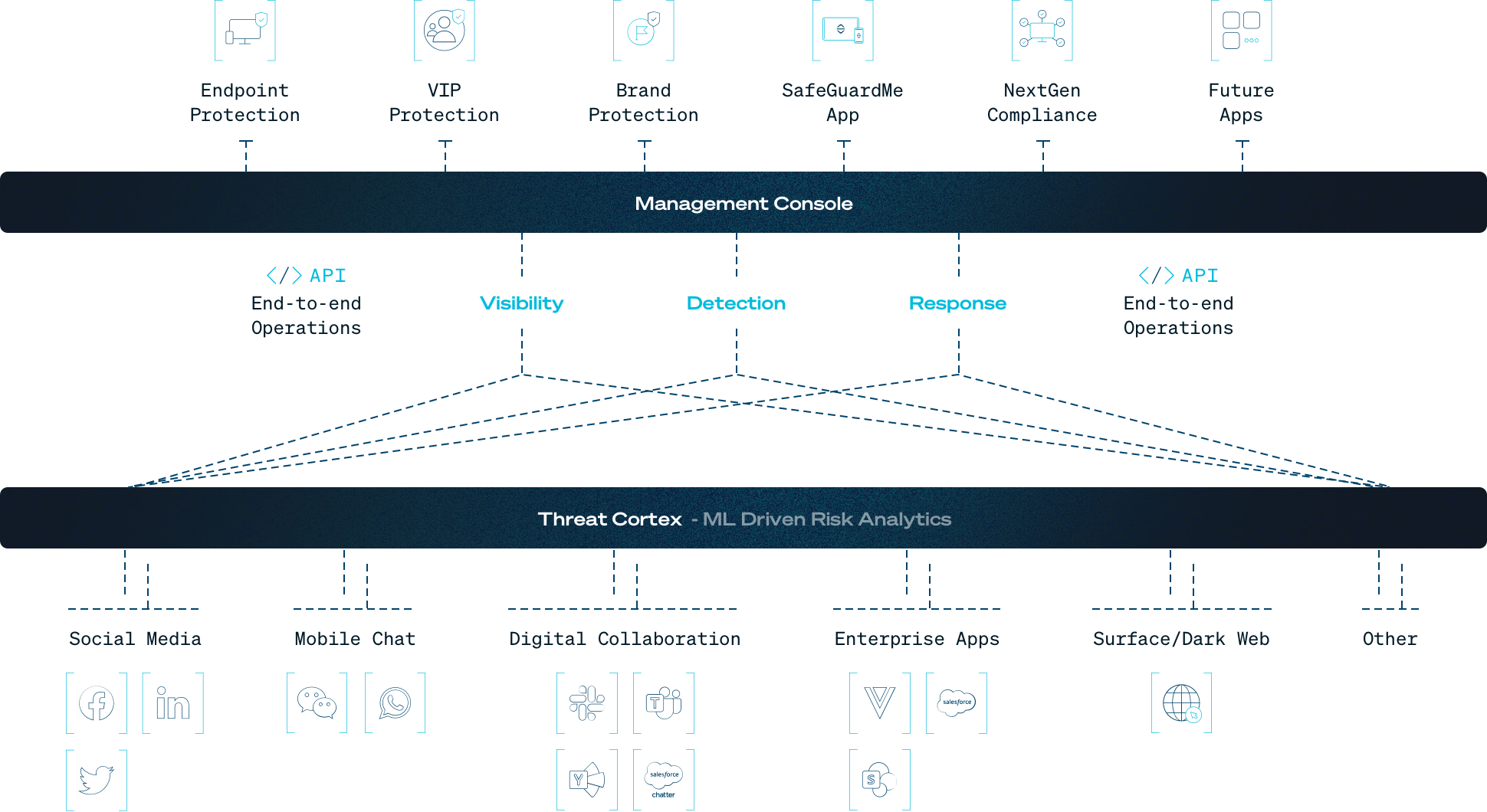
SafeGuardCyber Survey April, 2019
SafeGuardCyber Survey April, 2019
Lorem ipsum dolor
Lorem ipsum dolor sit amet, consectetur adipiscing elit. Nulla urna massa, maximus at neque vel, mollis efficitur.
Benefits
With SafeGuard Cyber’s agentless architecture, organizations benefit from:
Gain unprecedented visibility to respond to internal and external threats in hard-to-see places like direct messages and group channels. Reduce detection and response times in the cloud infrastructure where work gets done.
Be up and running in hours not days. Organizations no longer have to configure agents.
Connect our agentless security platform into your existing cyber defense systems, feeding event data and telemetry into your EDR and SIEM solutions.
Secure Human Connections
Ready to see how SafeGuard Cyber secures modern communication apps wherever they exist?
Expert Insights on Cloud App Risks
Stay up-to-date on the latest insider threats, ransomware, and third-party vulnerabilities.
